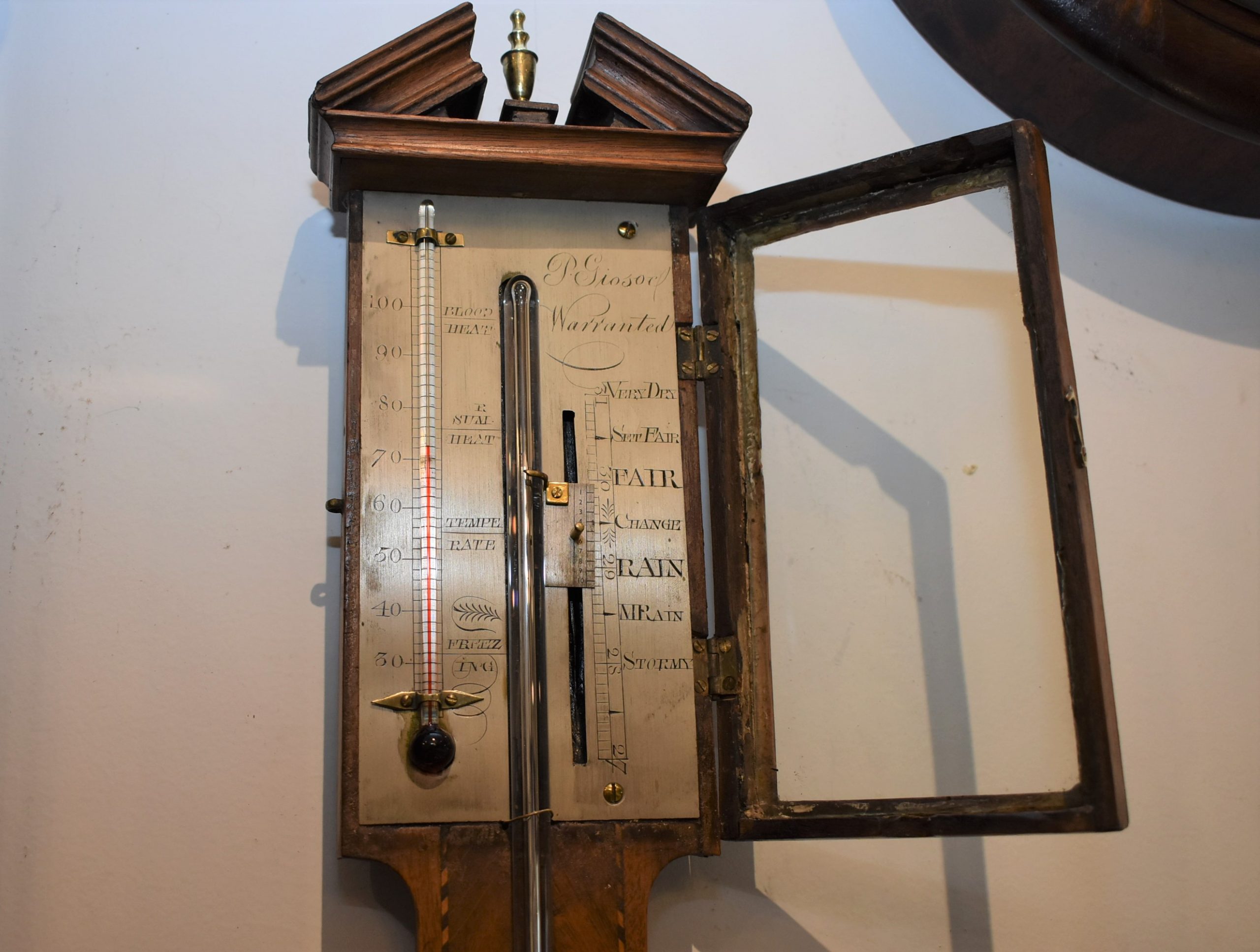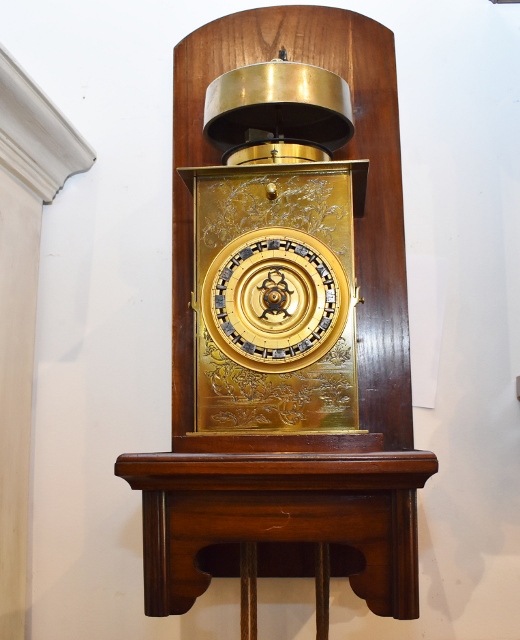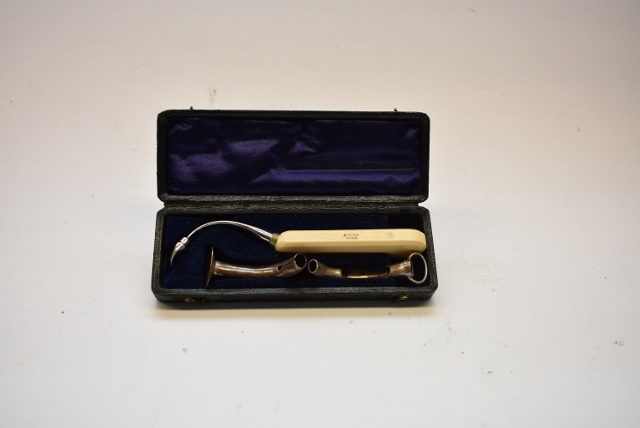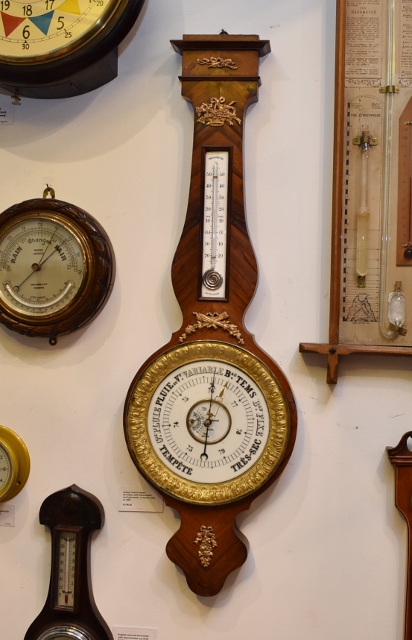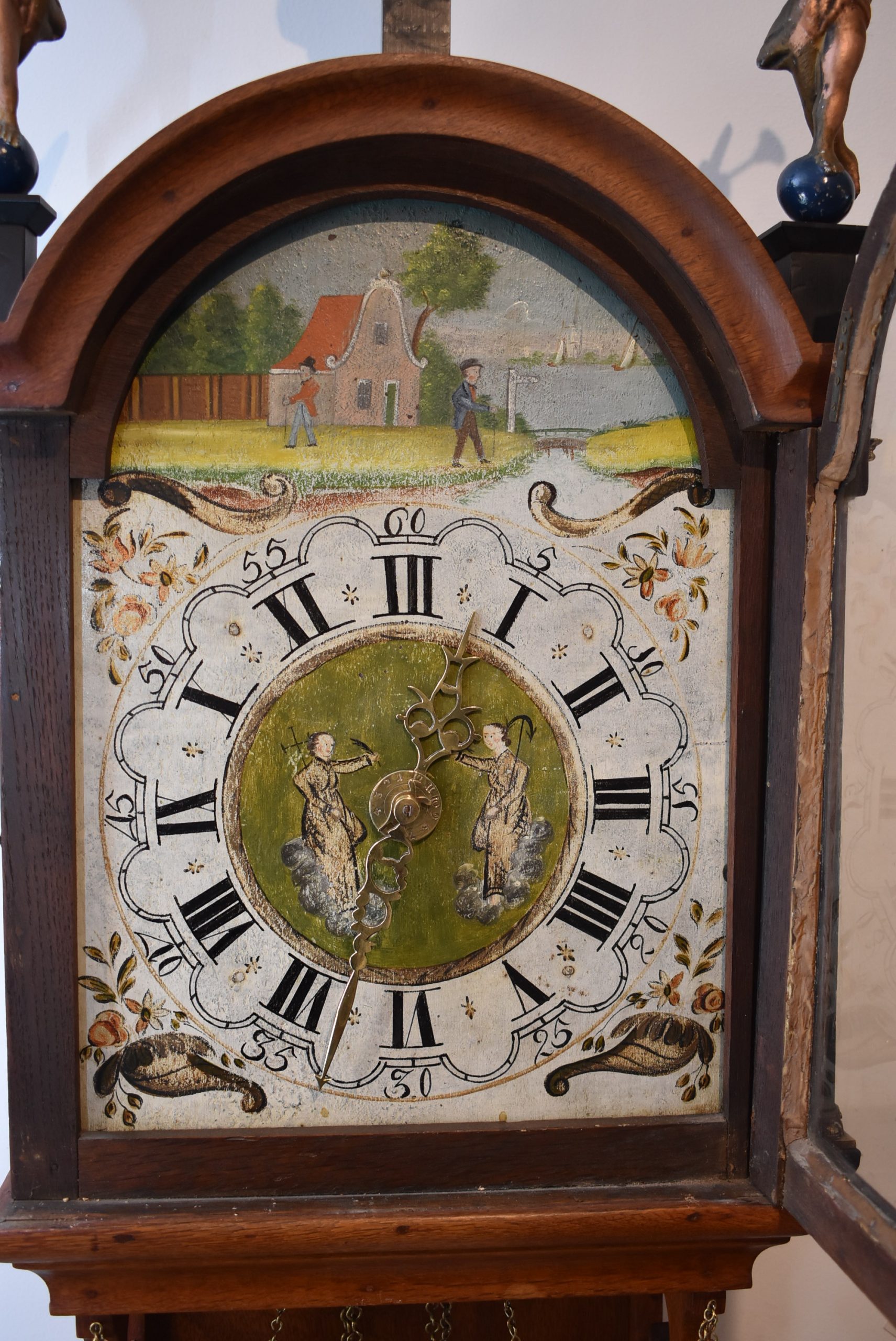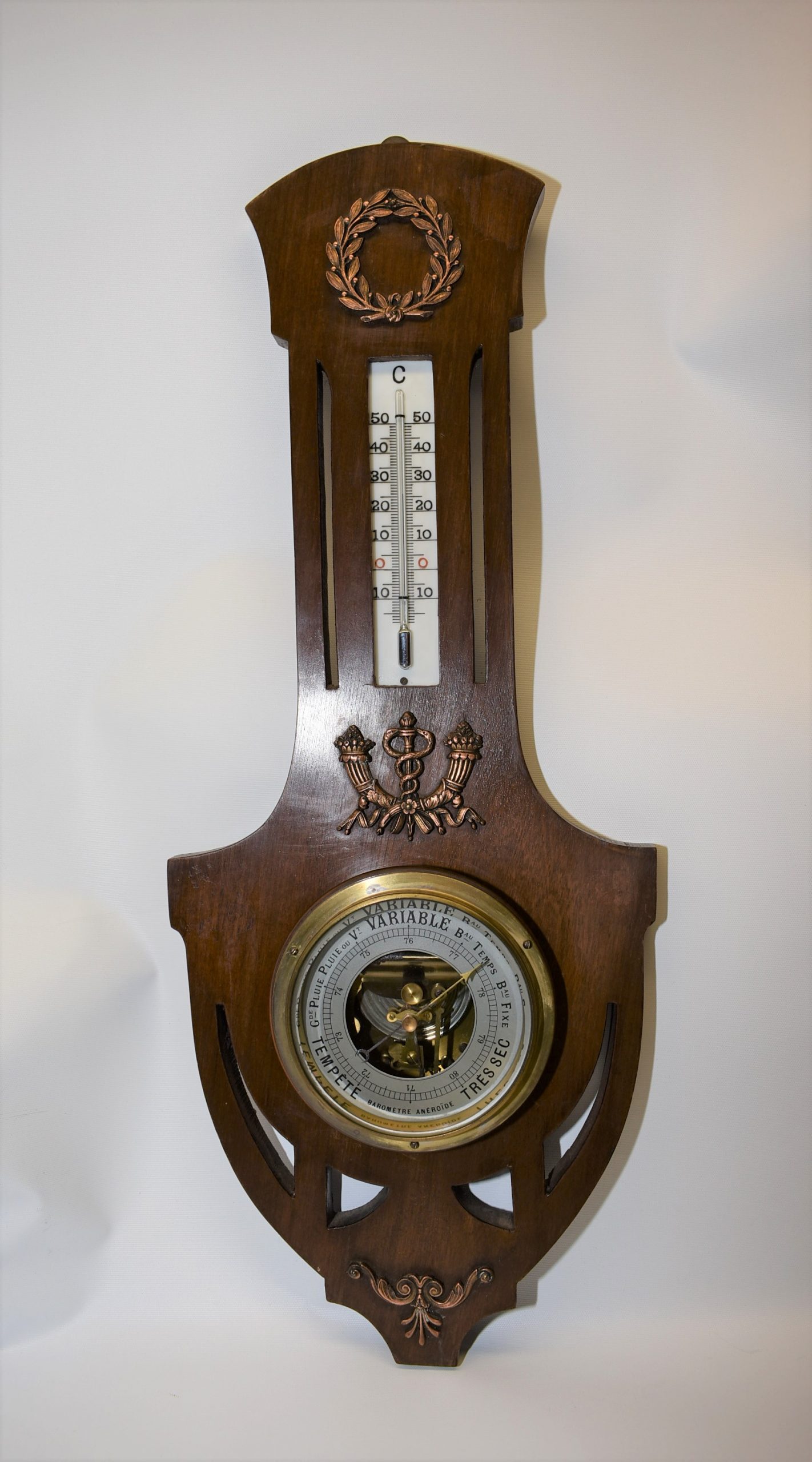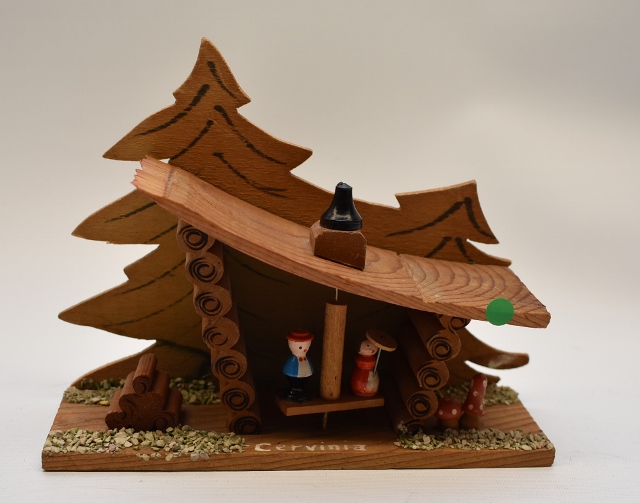The backbone of timekeeping in the Industrial Era – Industrial clocks
In the world of antique timepieces, few artifacts carry the weight of history quite like industrial clocks. These timekeeping marvels served as the backbone of the industrial era, synchronizing the rhythms of factories and workplaces with precision. Dutch Antiques, as connoisseurs of horological heritage, invites you to delve into the fascinating realm of industrial clocks and uncover the pivotal role they played in shaping our modern understanding of time.
The birth of industrial clocks
As the wheels of the industrial revolution began to turn, a pressing need arose for accurate and synchronized timekeeping within burgeoning factories. Industrialists and factory owners sought a reliable means to orchestrate the complex operations of their facilities. Enter industrial clocks, the unsung heroes that emerged to meet this demand.
Manufactured with meticulous craftsmanship, these clocks were designed not only to display the time but also to act as coordinators of labour and production schedules. Their robust construction and precision mechanisms set them apart, making them indispensable instruments in the relentless march of progress.
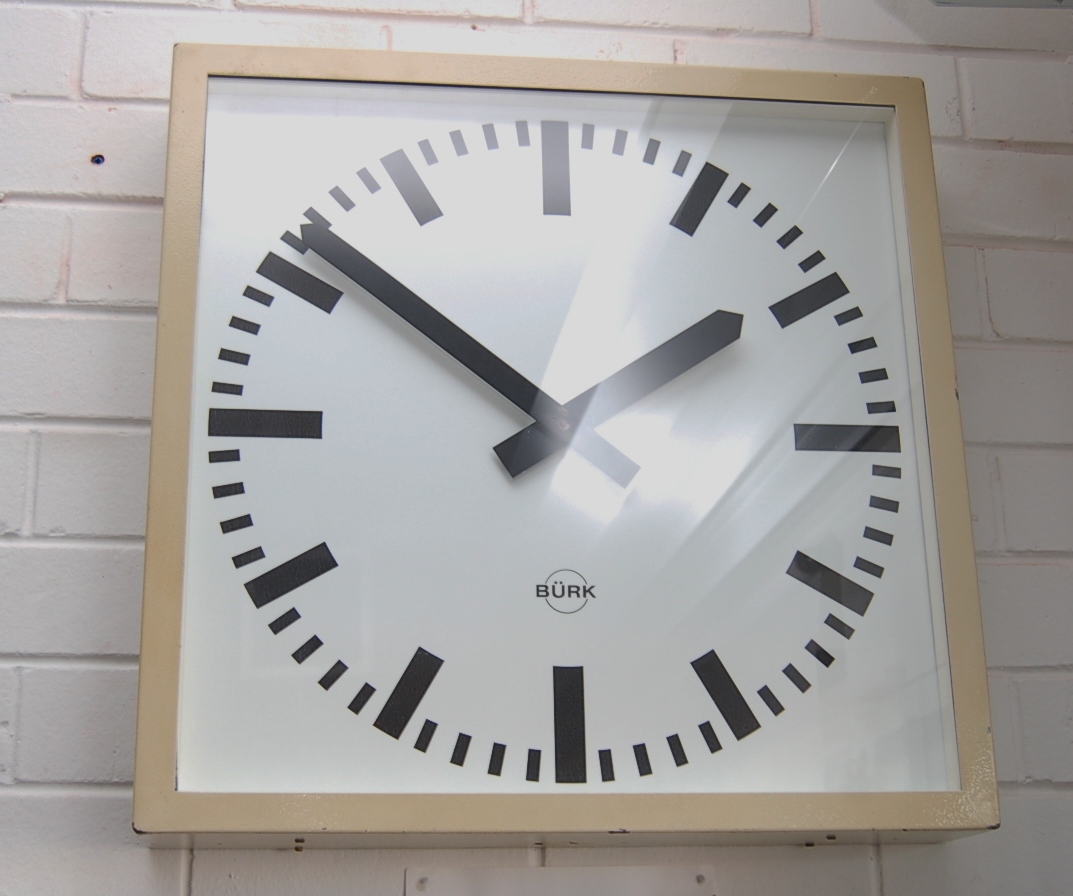
Technological advancements
Industrial clocks evolved hand-in-hand with technological advancements of the time. The advent of electric power brought about a revolution in timekeeping mechanisms. Electrically driven movements replaced traditional spring-driven mechanisms, ensuring a constant and unwavering measure of time. This transition marked a pivotal moment in the history of industrial clocks, as they became even more reliable and accurate.
Distinctive designs
Beyond their utilitarian functions, industrial clocks boast distinctive designs that reflect the aesthetic sensibilities of their era. From ornate iron casings to elegant wooden frames, these clocks were often crafted to complement the architectural style of the industrial spaces they inhabited. Their large, easily readable dials were essential for workers to check the time at a glance, fostering efficiency and punctuality in the bustling world of manufacturing.
The role in work environments
The ubiquity of industrial clocks in work environments had a profound impact on the culture of the time. The audible ticks and chimes of these timepieces regulated breaks, shifts, and important milestones in the production process. This synchronization was not just a matter of efficiency; it contributed to the social fabric of the workplace, creating a shared temporal experience among the labour force.
Preserving horological heritage
At Dutch Time Pieces, our passion for horological heritage extends to the meticulous restoration and preservation of industrial clocks. Each piece tells a unique story of the bygone industrial era, and Jot ensures that these stories endure for generations to come. From carefully cleaning and oiling intricate movements to restoring faded dials, our commitment to authenticity shines through in every meticulously repaired and maintained industrial clock.
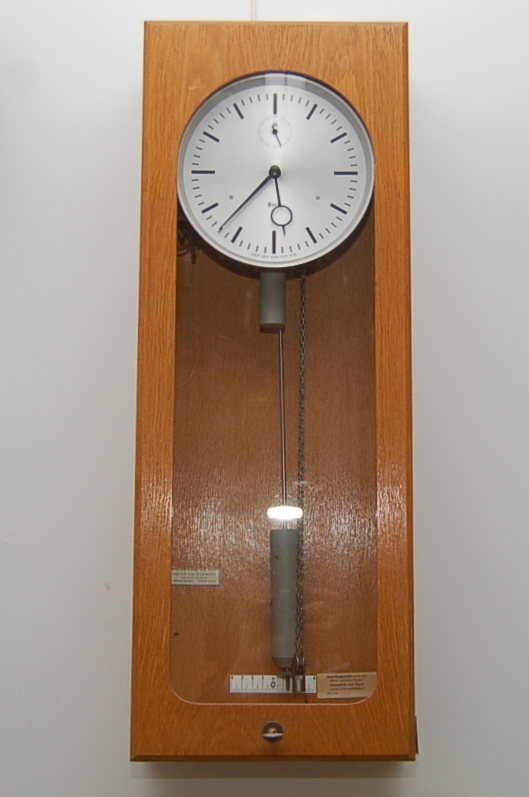
Variations in design
Continuing on our journey through the annals of horological history, it’s essential to highlight the regional nuances that contributed to the diversity of industrial clocks. Different manufacturing hubs across Europe and North America often developed their own unique styles and innovations, giving rise to a rich tapestry of designs. Dutch industrial clocks, for instance, were renowned for their emphasis on meticulous craftsmanship and the use of high-quality materials. The Dutch clockmakers of the time showcased an inherent understanding of both form and function, creating timepieces that seamlessly blended into the industrial landscapes of the Netherlands. This regional distinctiveness not only adds charm to each clock but also underscores the cultural and artistic influences that permeated the industrial clockmaking traditions.
By acknowledging the regional variations in industrial clock design, we gain a deeper appreciation for the diverse craftsmanship that characterized this era. Whether adorned with intricate metalwork or showcasing elegant wooden casings, these clocks transcend their utilitarian purpose to become symbolic representations of the cultural and industrial identities of their respective locales.
Conclusion
As we reflect on the legacy of industrial clocks, it becomes clear that these timekeeping marvels are more than mere artifacts; they are tangible links to a transformative era in human history. Dutch Time Pieces takes pride in curating and showcasing these remarkable timepieces, inviting enthusiasts and collectors alike to explore the rich tapestry of the Industrial Era through the lens of horology. Join us in celebrating the enduring legacy of industrial clocks, the unsung heroes that kept the heartbeat of the Industrial Revolution in perfect time.




